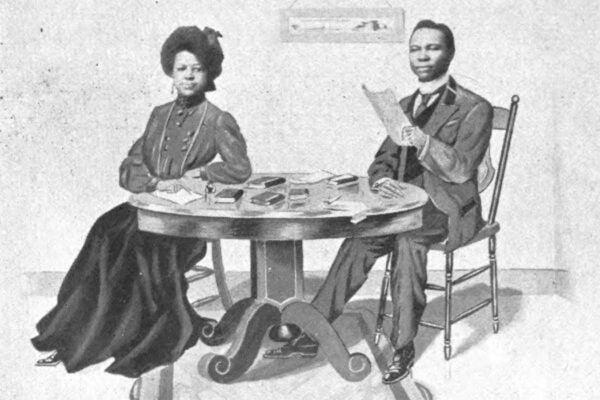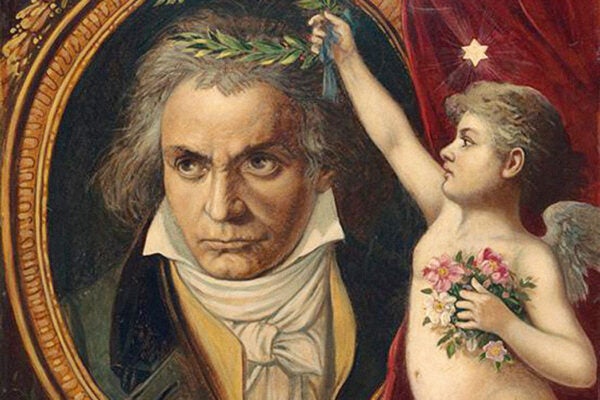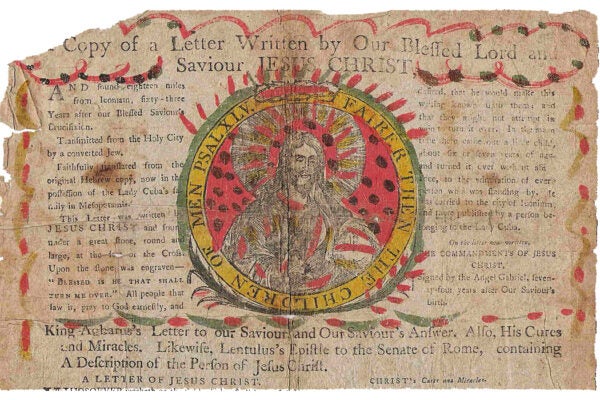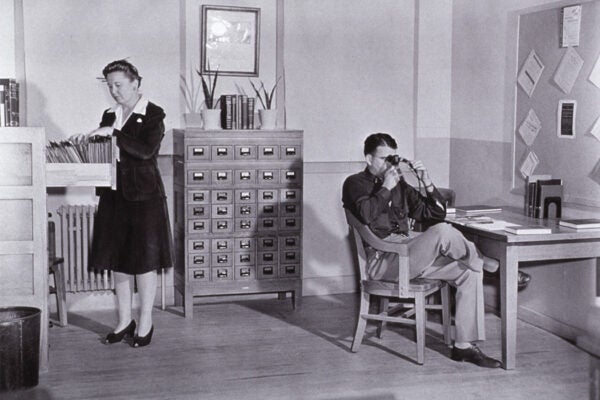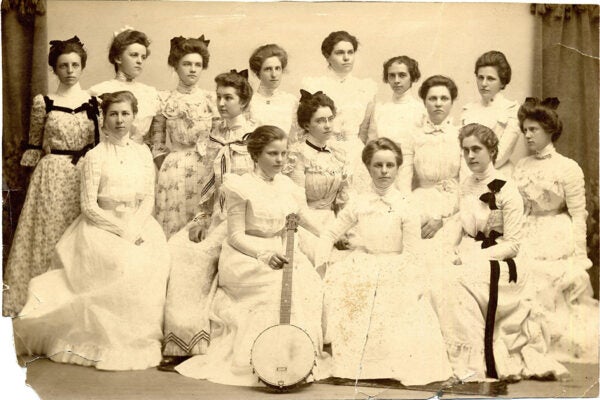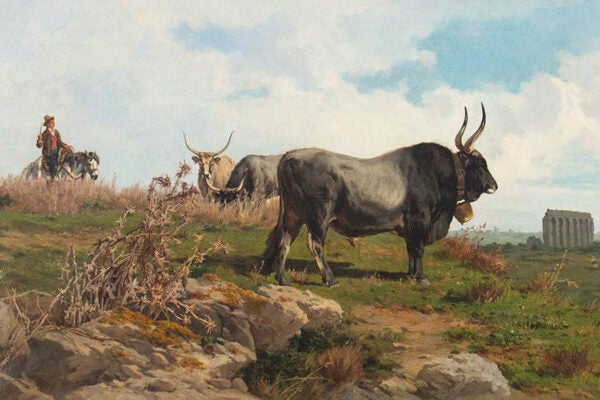Decolonizing the Language of Overseas France
School systems in French Polynesia and New Caledonia are attempting to revitalize vernacular languages that were suppressed under French colonialism.
The Didarganj Figurine: A Yakshi or a Ganika?
Could we be wrong about the identity of this celebrated stone sculpture from ancient India?
Passing Narratives That Pre-Date Black Like Me
In 1905, Robert Gilbert Wells used a fictional character to explore the experience of being a Black man in America.
The Mystery of Beethoven’s “Immortal Beloved”
More than 200 years have passed since Beethoven wrote a passionate letter to his “Immortal Beloved.” We still don’t know her name.
Extracting Coca-Cola: An Environmental History
In its early days, Coca-Cola established key relationships in the supply chain ranging from natural resources to pharmaceuticals to achieve market dominance.
How Earthquakes Helped Us Map the Interior of the Sun
Temperatures in the Sun’s core exceed 10 million degrees Celsius. But how on Earth did we actually come to know that?
Himmelsbriefe: Heaven-Sent Chain Letters
For more than a thousand years, people have used letters allegedly written by Christ as both doctrinal evidence and magical charms.
How American Librarians Helped Defeat the Nazis
Recruited to the war effort thanks to their deft research skills and technological know-how, librarians used microforms to gather and share intelligence with Allied forces.
The Nineteenth-Century Banjo
Derived from an instrument brought to America by enslaved Africans, the banjo experienced a surge of popularity during the New Woman movement of the late 1800s.
Ride ’em, Butteri!
Long before spaghetti westerns, Italians were turned on to an image of the American West by Buffalo Bill Cody’s Wild West Show.


